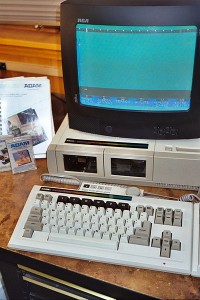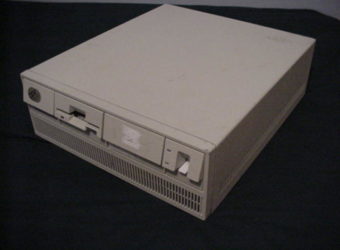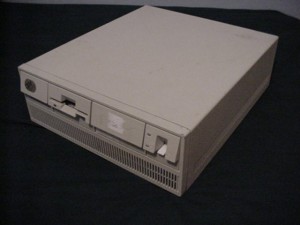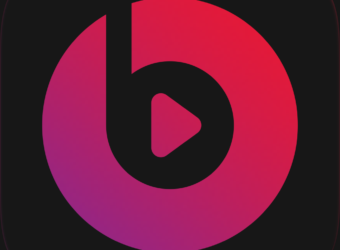June 5, 1983: Coleco Adam Computer
Subscribe! Spotify | RSS | More

1983 – Coleco announced at the Consumer Electronics Show the Coleco Adam. It was their first attempt at a computer hybrid system – gaming and desktop computing. The $725 price tag didn’t hurt, either.
With a Zilog Z80 processor and 80 kB RAM with 16 kB video RAM, the Adam could do what you needed. Also available was a printer, tape drive, and spots for 3 expansion cards.
Unfortunately, the computer didn’t do as well as the company wanted. They expected a half-million sold by December, but didn’t reach that goal. Ultimately, the Coleco Adam was discontinued in 1985.
Subscribe to Day In Tech History:
RSS Feed - iTunes - Google Play - Spotify
Twitter - Facebook
- RSS Bandwidth by Cachefly Get a 14 Day Trial
Be a Part of the Sconnie Geek Nation!
In Wisconsin, friends are called "Sconnies". Even if you're not from Wisconsin, you can be part of the Sconnie Geek Nation through my coverage! By pledging, you join the Geek Sconnie Nation! Plus, you help me cover costs so I can continue the coverage of Gadget tech, music tech, and geek culture through the shows.
- Apple II goes on sale
- Bob Hope was declared dead on the Internet – which was not true
- Jeff Moss joined the Homeland Security Advisory Council



![ford_quadricycle[1] Ford Quadricycle](https://dayintechhistory.com/wp-content/uploads/2013/06/ford_quadricycle1-340x250.jpg)













